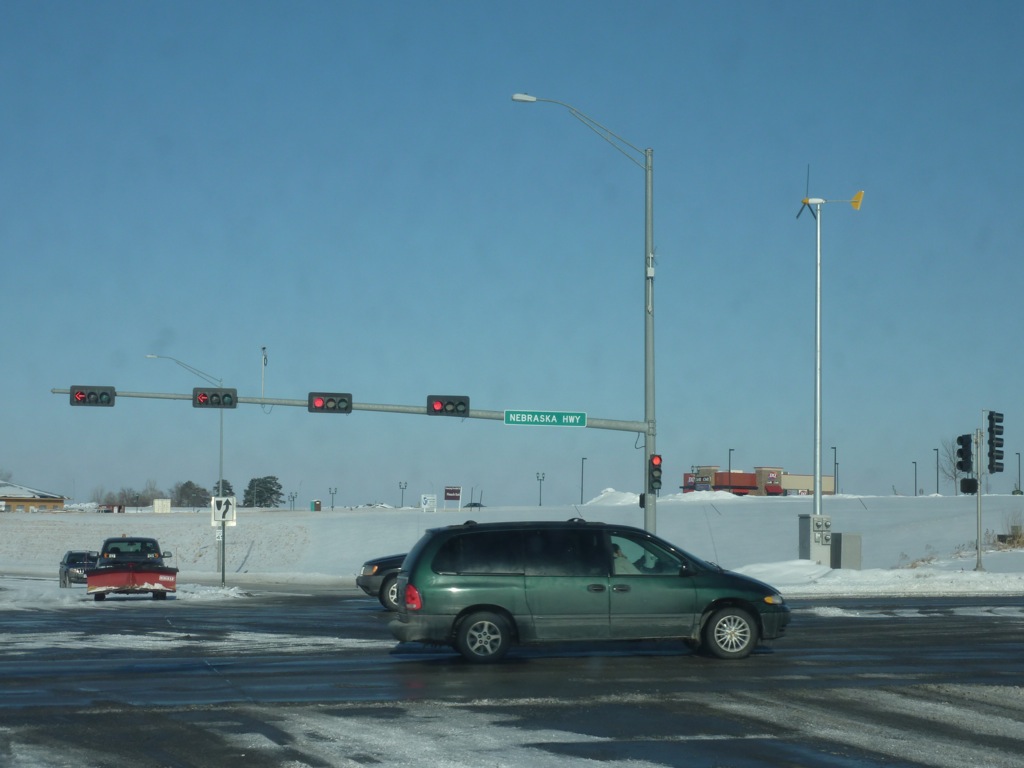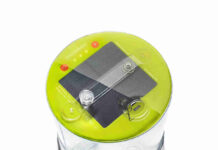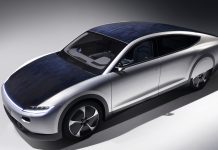
Reworking traffic lights may not be the first thing that comes to mind when local governments consider ways to save money.
But a project in Lincoln, Neb., is researching if traffic lights could pay for themselves by feeding renewable energy into the power grid.
A solar and wind powered traffic light project at the University of Nebraska-Lincoln is nearing its third and final phase, which is slated to begin this June. Phase three of the project will consist of real-world testing of a smart grid and human testing to determine if wind turbines distract drivers.
The project — called Energy Plus Roadways and funded by a $1 million U.S. Department of Transportation grant — aims to answer some of the questions surrounding the feasibility of a large-scale smart grid that’s powered by solar and wind. Large-scale implementation is at least a couple years away, but the researchers are happy with the progress made so far, said Wei Qiao, professor of electrical engineering at the University of Nebraska-Lincoln.
The main goal of Energy Plus Roadways is to demonstrate the feasibility of a zero-energy consumption traffic light system to be used in conjunction with the existing power infrastructure, Qiao said. “In this project we need to prove this concept by theoretical study and computer simulation and by hardware demonstration, so after we demonstrate these concepts in this project, we hope some cities will really deploy this technology,” he said.
Research completed so far included the monitoring of a 30-foot Bergey XL 1.0 wind turbine connected to a traffic light at the intersection of 84th Street and Nebraska Highway 2 in Lincoln. The second phase of the project consisted largely of designing and testing the hardware components for the smart grid that will be tested in phase three. Since last summer, the team has also installed a solar panel to be used in conjunction with the wind turbine, with plans for a second solar panel and a new wind sensor in the next few weeks, said Anuj Sharma, assistant professor in the Department of Civil Engineering.
Research for the project isn’t limited to the technology side of things, it will also include human test subjects, Sharma said. Pending university approval, the team will run software simulations and field tests to determine if the installation of a wind turbine distracts drivers or slows traffic.
The field test will measure how long it takes drivers to proceed through an intersection that has a wind turbine once the light has turned green. Drivers at nearby intersections that don’t have turbines will be the control group. The computer simulation, designed by Sharma, will monitor other factors, such as the test subject’s gaze and heart rate, while “driving” through a simulated intersection like the one on Highway 2. If approved, this testing will begin in May.



